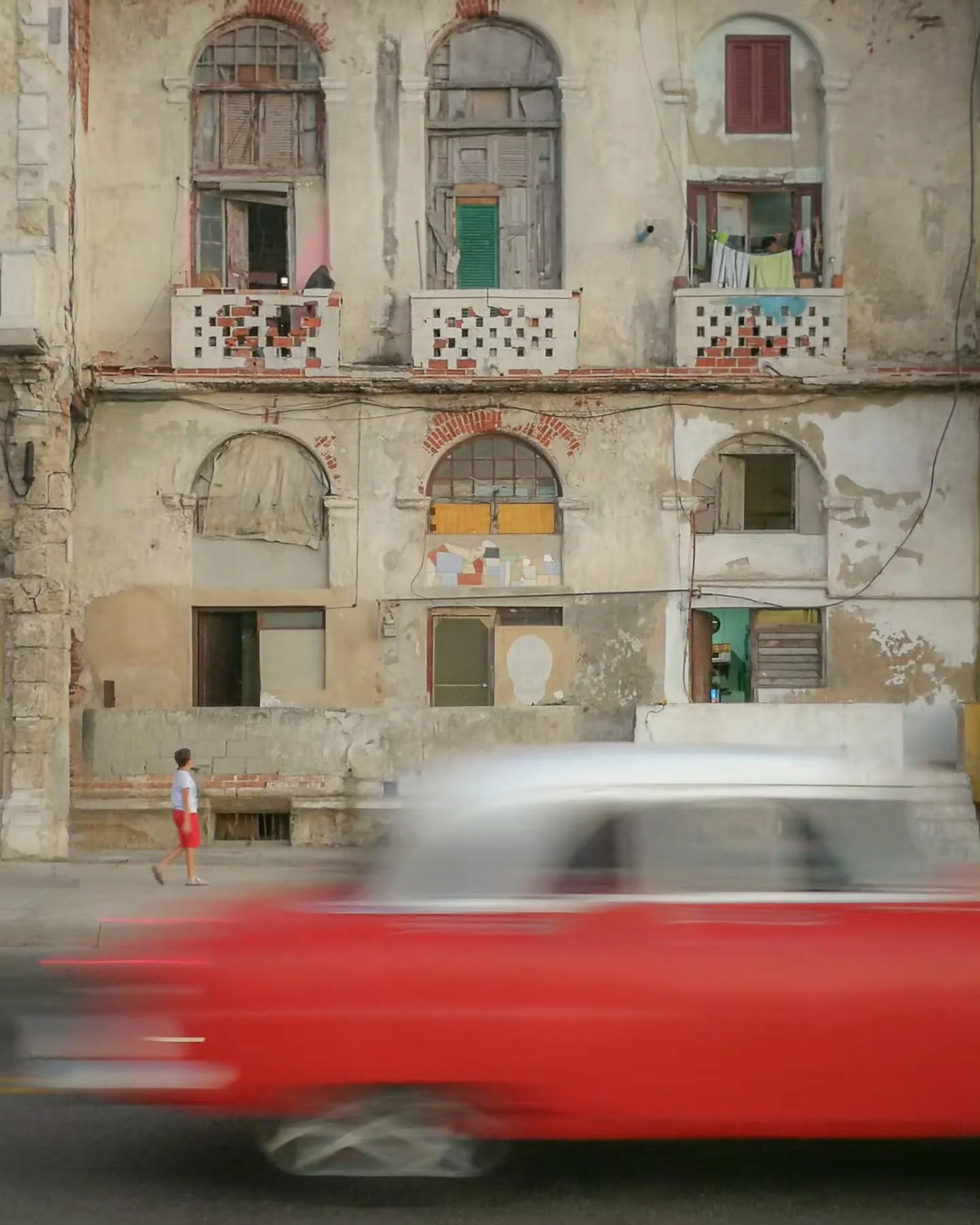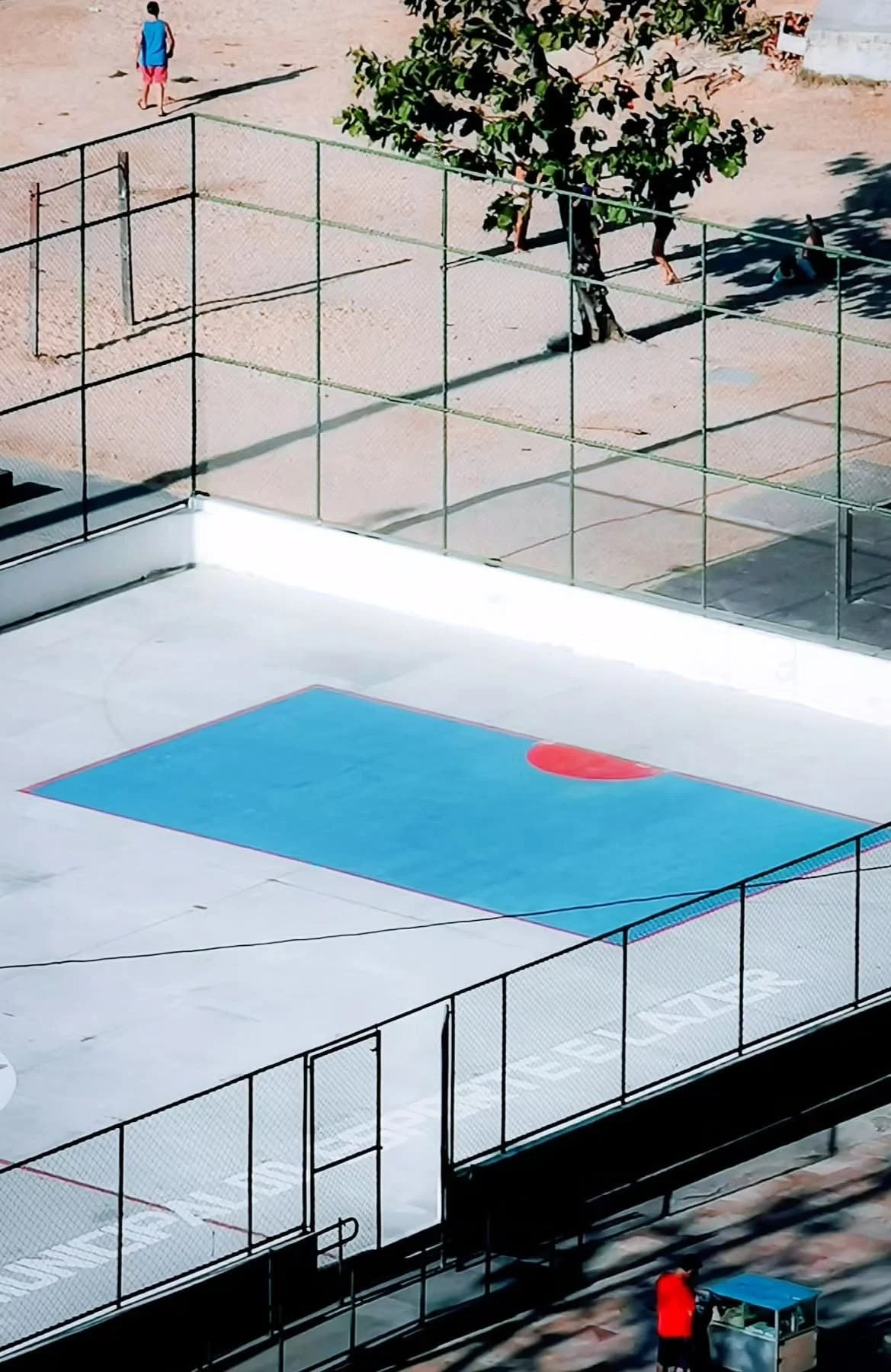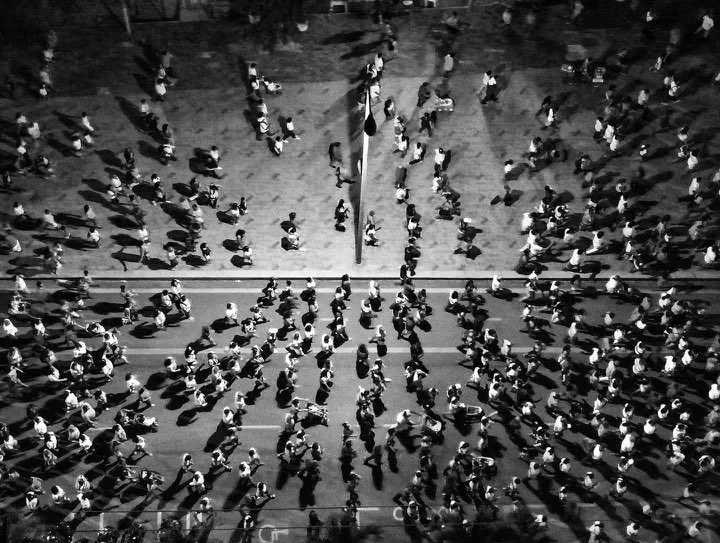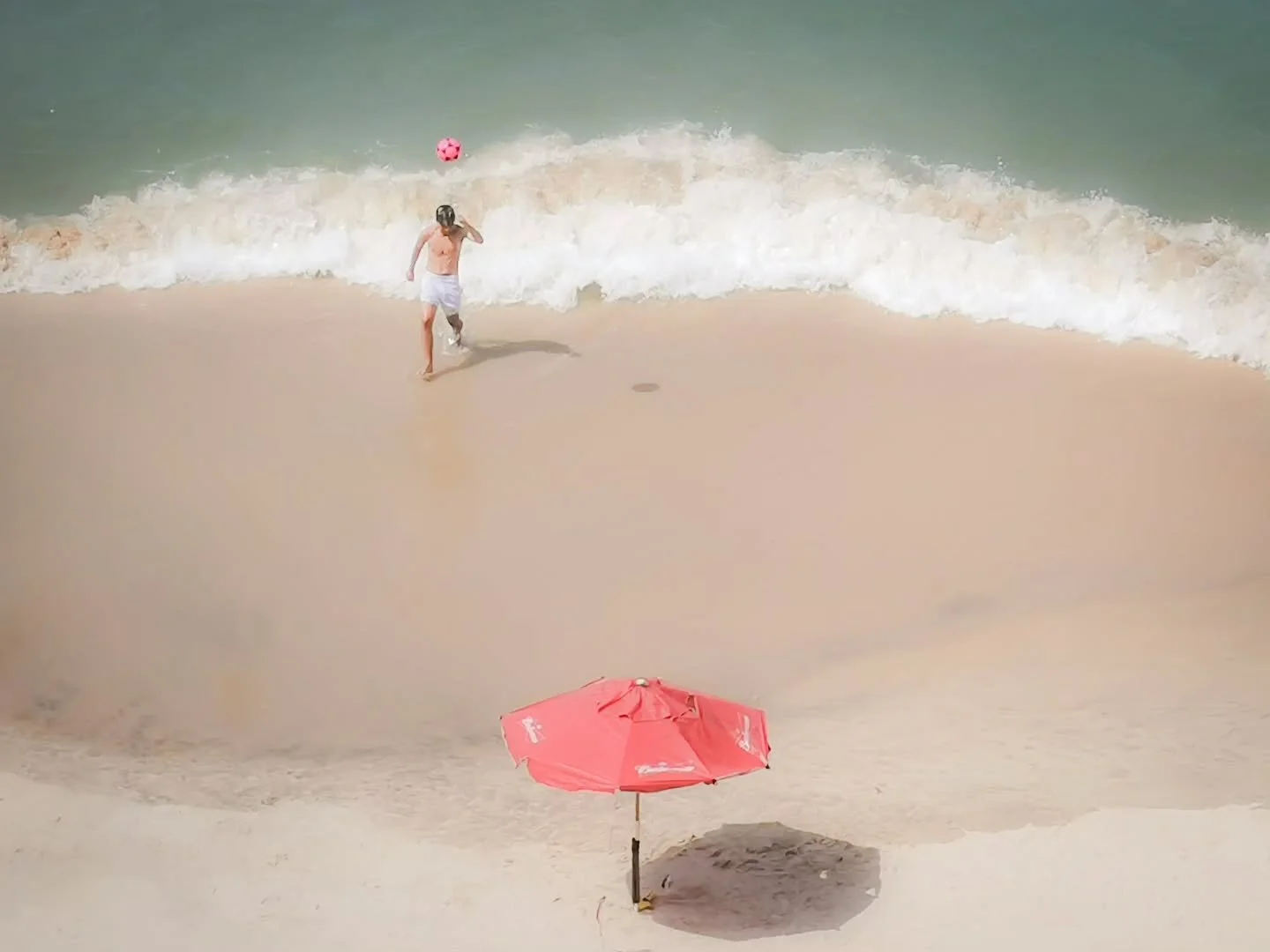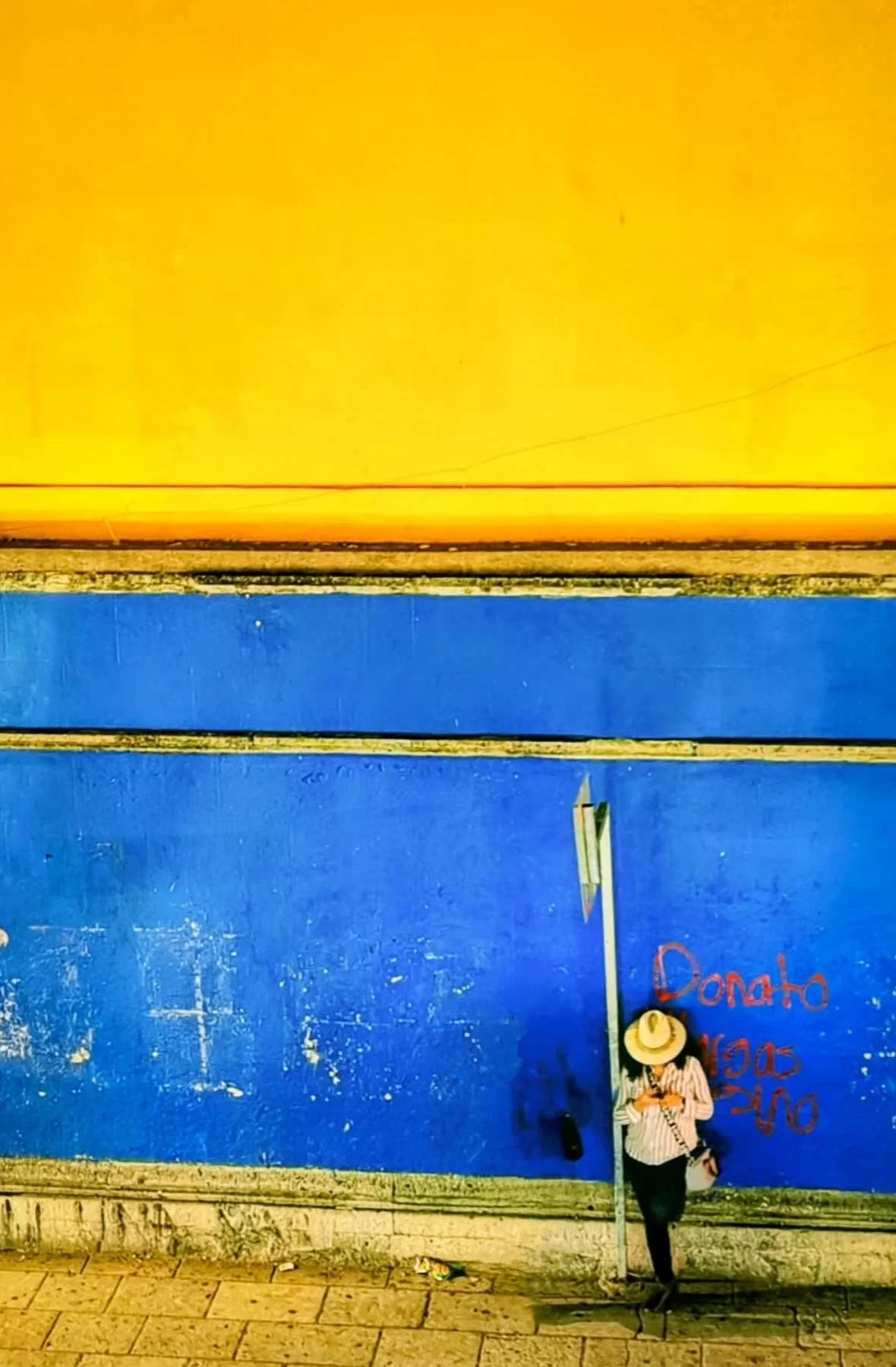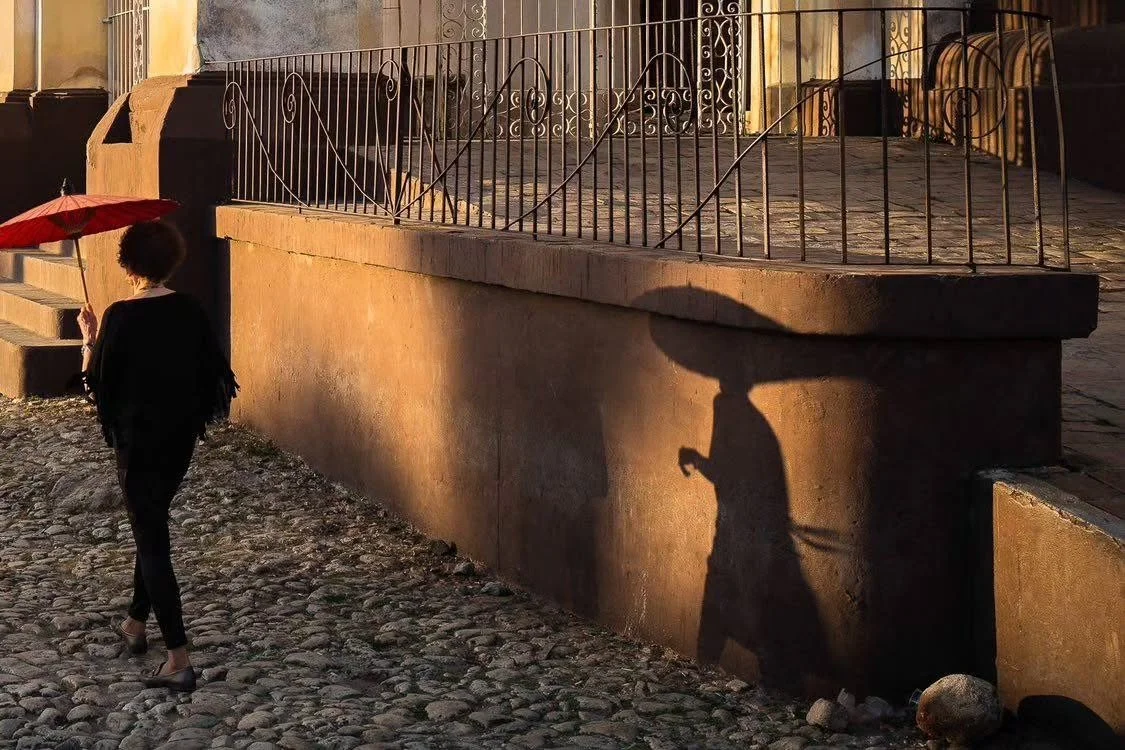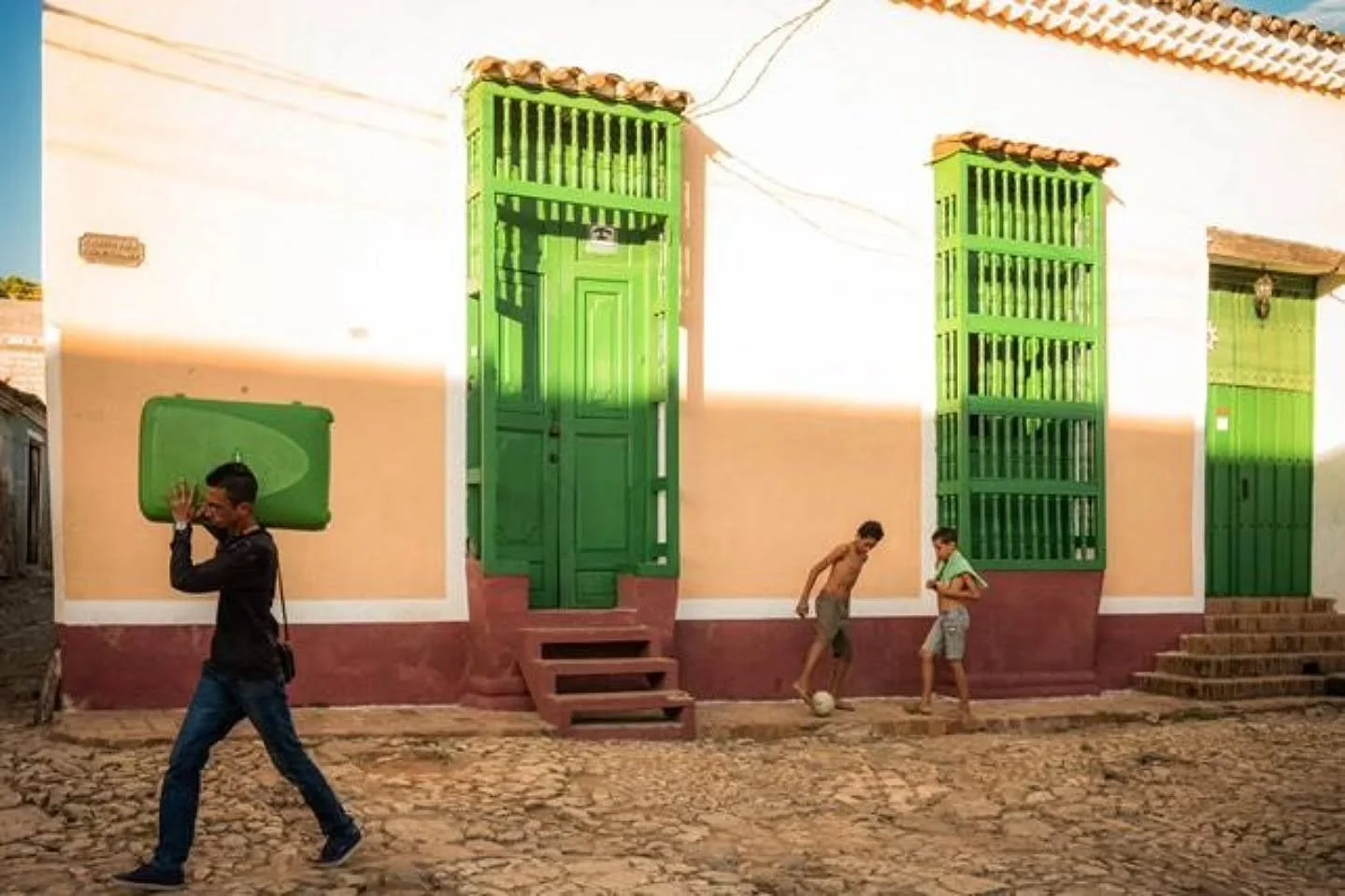He Turned Silence Into Vision and Loss Into Legacy. Demetrio Jereissati Captures the Soul of the Streets with Profound Purpose and Poetry. Every frame he makes is a quiet act of remembrance — and a bold affirmation of life.
An Exclusive Interview with Pure Street Photography
Discover how an engineer turned street photographer found purpose in every frame. His journey reveals how silence can speak, shadows can guide, and the act of seeing can become an act of healing — through deeply evocative and masterfully composed work.
Interview by Dimpy Bhalotia and Kamal Kumaar Rao
29/05/2025
(c) Demetrio Jereissati
(c) Demetrio Jereissati
We would love to know more about you! Who you are and where you're from? When did you start street photography?
I am a 65-year-old Brazilian, the son of Lebanese immigrants, with a background in civil engineering and a passion for architecture and the arts. My engineering experience has taught me to appreciate the intricate details and spatial relationships that make a composition compelling. I began taking photos on family trips to capture our moments together. On these occasions, my youngest son Dimitri would jokingly call me 'PQF; Pensa Que é Fotografo', which translates to 'Thinks He's a Photographer'. After his passing in 2014, a victim of the 'Choking Game', as a tribute to him, I immersed myself in photography and founded, along with my wife, the DimiCuida Institute, which works towards preventing and combating the 'Choking Game'. Initially drawn to street photography for its dynamism and the freedom to practice anywhere, I gradually found myself becoming more deeply connected to this genre. As I continued to explore it, I grew to appreciate its ability to challenge me creatively and keep me present in the moment.
What inspired you to become a street photographer?
What inspires me about street photography is the presence, curiosity, and the chance to see the ordinary from a fresh perspective – the streets, scenes, people, and empty spaces. It's about being fully present in the moment, perceiving the scene, and walking through the cities I visit. I find joy in the unspoken, the unseen, and the natural dynamism of urban life. Through photography, I aim to capture the essence of the city, almost as if I could bottle its atmosphere.
How would you describe your work in terms of style and/or approach?
My approach to street photography is deeply rooted in a minimalist aesthetic. I'm drawn to the unpolished, unscripted moments that reveal the true essence of urban life. I don't chase perfect lighting or ideal compositions; instead, I let the city unfold before me, capturing its raw beauty in all its imperfections. The disorder, the grit, the abandoned spaces, and the fleeting interactions between people – these are the elements that inspire me. I often focus on silhouettes and shadows, which add an air of mystery to my photographs. By keeping a respectful distance, I allow the scenes to speak for themselves, inviting the viewer to interpret the narrative in their own way.
(c) Demetrio Jereissati
(c) Demetrio Jereissati
What is your photography routine like? Do you photograph every day?
My photography routine is quite flexible, as I'm always on the lookout for opportunities to capture interesting moments, regardless of the day. My daily commute, which begins at 7 AM, is a great time to photograph the city coming to life. Even though I take the same route every day – less than 6 kilometers – I consistently find new and intriguing images to shoot, especially on rainy days when the rain-soaked streets offer unique reflections and textures. I often use my smartphone to snap photos while waiting at traffic lights, making the most of every moment. I also enjoy traveling for photography, and in November 2024, I had the incredible experience of documenting the 'Dia de los Muertos' celebrations in Oaxaca, Mexico. Whether it's a daily commute or a special trip, photography keeps me engaged and inspired, always ready to seize the next great shot.
What camera or mobile device do you use for photography? Do you shoot digitally, on film, or a mix of both?
I exclusively shoot digitally. Most of my work is converted to black and white, and I recently acquired a Leica M11 monochrom, which has been instrumental in capturing timeless, monochrome street scenes. For everyday photography, I rely on my iPhone 16 Pro, which delivers excellent colored street images with ease.
What challenges do you face when photographing on the street?
When I'm out photographing on the street, I face two main challenges. I'm always mindful of being invasive, so I tend to focus more on capturing scenes rather than people. Many of these scenes are empty, and when they do include people, they're often from behind, in profile, or not identifiable. This approach helps me respect people's privacy and creates a more universal narrative.
The other challenge comes from my equipment. Since my Leica M has manual focus, sometimes I need to make pre-adjustments to ensure I'm ready for the moment. This can be a bit unpredictable, as it doesn't always result in precise focus. However, I've grown to appreciate this unpredictability. The slight imperfections in focus can add a layer of emotional depth to the images, making them feel more spontaneous and authentic.
Do you ever wonder what happens to the people in your photos?
Sometimes I find myself imagining a story about the person who inspired a particular photo – whether it's their expression, the scene, or the moment. I tend to avoid approaching or interacting with them, as I prefer to maintain a respectful distance. One instance that stands out was when I photographed a young woman through the balustrade of a restaurant. She was sitting on a rock by the sea, lost in thought as the sunset cast a warm glow over the scene, with a ship in the background – a poignant moment that felt almost like a farewell. What made this moment even more special was when she discovered the photo on my Instagram. A friend of hers had recognized her because she often sat on that rock in the late afternoon. I was deeply moved by her enthusiasm and decided to create a fine art print of the photo as a gift for her.
(c) Demetrio Jereissati
(c) Demetrio Jereissati
In your opinion, what is the biggest misconception people have about street photography?
In my opinion, the practice of street photography has grown too much with the advent of smartphones, which tends to create a concept of banal or sometimes humorous photos. This makes it even more difficult to have an authorial work that is valued and interpreted as art, just like other categories of photography.
What are your favourite elements to capture in a street photograph? (light, colour, composition, human interaction, etc.)
I particularly enjoy capturing light, shadows, and textures in my street photography. Days of rain bring new elements to the scene, adding depth and complexity. However, even without these specific elements, I find that street photography is dynamic enough to produce interesting images. Its unpredictability means that it can't be confined to rigid patterns, allowing for endless creative possibilities.
What is your take on social media influence on street photography?
I believe social media has a significant impact on street photography, serving both as a valuable resource for researching and learning from other photographers' work and as an open platform for sharing my own. My reservations lie in the potential for excessive exposure and the risk of being influenced or swayed by likes and comments. To maintain my artistic integrity, I strive to balance the benefits of social media with a focus on staying true to my vision and creative instincts, ensuring that my work remains authentic and meaningful.
Are your prints available for purchase? If so, where can art buyers and collectors contact you to purchase them?
My prints are available for purchase, and all proceeds go towards supporting the DimiCuida Institute, a non-profit organization I run that focuses on combating and preventing choking games. This contributes to a cause that affects families and puts the lives of children and adolescents at risk. You can reach me through Instagram or by emailing demetrio@pqf.art.br to inquire about purchasing my prints.
(c) Demetrio Jereissati
(c) Demetrio Jereissati
What advice would you give to aspiring photographers?
My advice to aspiring photographers would be to allow yourself to explore your vision without rules, valuing your best shots but not dismissing the others. Regularly revisit your past work, as the evolution of your perspective can lead to new discoveries in old photographs.
A huge thank you to Demetrio Jereissati for sharing his incredible journey.
In Frame : Demetrio Jereissati

